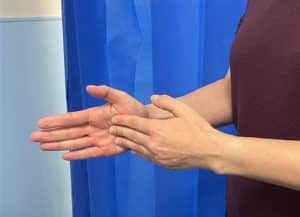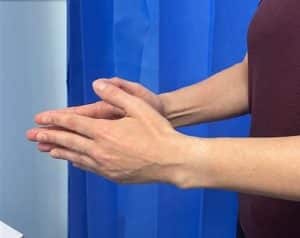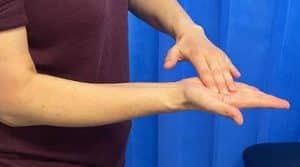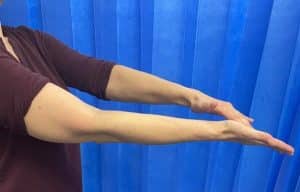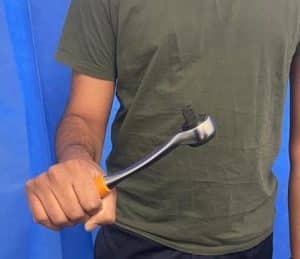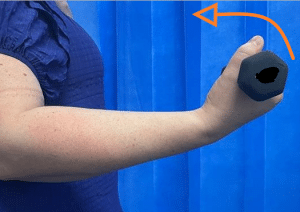Medial elbow pain / ‘Golfers Elbow’
At the bottom of the humerus (upper arm bone) are two bony bumps – the ‘lateral epicondyle’ on the outside of your arm and the ‘medial epicondyle’ on the inside of your arm.
The muscles that bend your fingers and bend your wrist, palm towards forearm (flexion) and turn your palm towards the floor (pronation) are attached to the bony part on the inside of the elbow (medial epicondyle). If these muscles are strained, they can become irritated. Micro-tears and other changes can happen in the tendons that attach the muscles to the bone. The symptoms that happen due to these changes may be referred to as ‘medial epicondylitis’ or ‘Golfer’s Elbow’.


